THE ATTRACTIONS OF KYUSHU
ONE TEAM KYUSHU

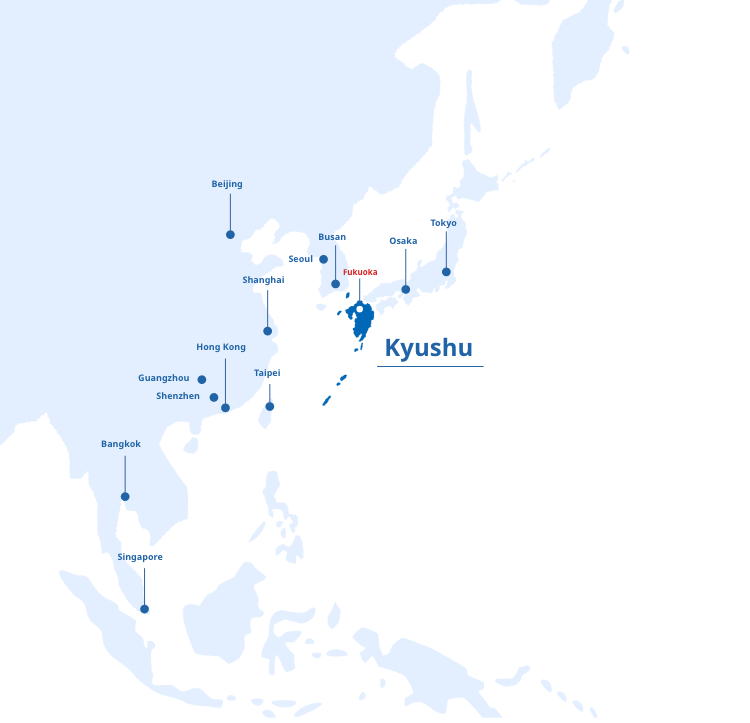

Kyushu’s Economy is on Par with a Nation
With a population of 12.88 million (10.2 percent of Japan’s total), Kyushu covers about 1/10 of Japan’s land mass and its economic indicators, such as GDP, account for 10% of the national total. Kyushu’s regional production value is approximately 47 trillion JPY. With abundant land, clean water supplies and a strong workforce, Kyushu’s economy focuses on the semiconductor and automotive industries, as well as agriculture, forestry and fisheries.
Domestic comparison of GRP (Gross Regional Product): Excerpt

Source: “Kyushu International Business Data 2020


HISTORY OF ENVIRONMENTAL TECHNOLOGY
Environmental Technology and Kyushu’s History of Overcoming Pollution
Fukuoka’s experience in bringing pollution under control has led to an accumulation of environmental recycling technologies, such as soil and water purification, carried out mainly in Kitakyushu City. With its abundant renewable energy resources such as solar and wind power, Kyushu is attracting attention in the energy sector. As the gateway to Asia, Fukuoka has seen a recent increase in the development of environmental technologies in other countries along with visits by overseas environmental inspection teams.
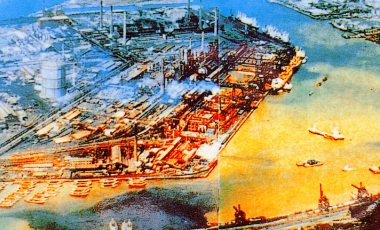
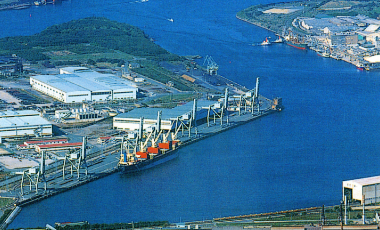

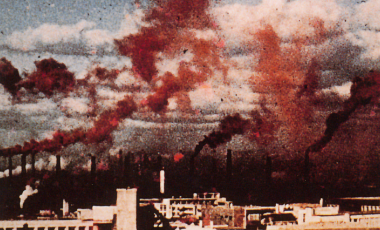


PERCENTAGE OF CLEAN ENERGY
Kyushu’s share of clean energy usage is58%

Fukuoka City's Hydrogen Leader City Project
The world’s first hydrogen station making hydrogen from sewage water

“It went from being a pain in the neck to Green Hydrogen!”
- Hydrogen is produced from the biogas generated by cleaning sewage water.
- When creating hydrogen, the sewage is already in biomass form, so CO2 is not increased. ”Green Hydrogen”
Fuel-Cell Vehicles (FCV) Running on Hydrogen
- ① The fuel (hydrogen) and air (oxygen) generate the electricity to run the motor.
- ② As it runs, the engine emits no CO2, so only water comes out.
- ③ On a full tank of hydrogen, it can run for 650 km (after just 3 minutes of filling it up).
“Green Hydrogen” and the Local CO2 Consumption Cycle
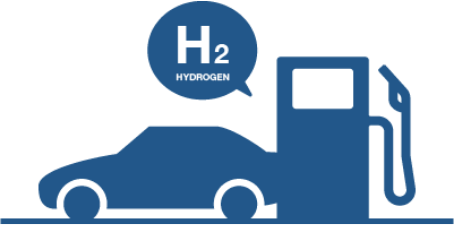
“Green Hydrogen” is now supplied at hydrogen stations located at sewage plants.
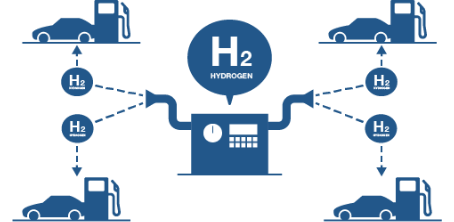
This will be transported and supplied to other hydrogen stations
(in the future).

The CO2 extracted when producing “Green Hydrogen” can be used to promote vegetable growth.